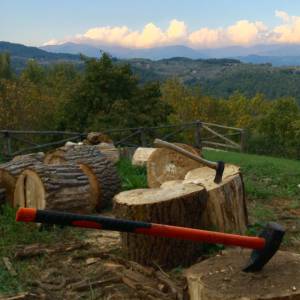Place of stones
This was the of title of an autobiographical book by a woman called (splendidly) Ruth Janet Ruck. who bought a wastrel Welsh hill farm under the shadow of the hill called Cnicht, behind the barren slaty wastes of Blaneau Ffestiniog and the glories of its better known Vale.
Anyway. Today we went on a Perthshire and Angus road trip. To Glen Shee via the austere cotton, flax and acrylic mills at Stanley on the Tay (by accident largely). Our visit centred around accessing the Museum's toilets without paying for the museum visit. A tedious business. But the Mills were impressive and powerful in a dark satanic fashion.
We churned through ploughed Perthshire farmland and touns before broaching Angus and wending our way in increasing rain (fittingly) to the summit of the pass (the highest main road pass in the UK). The Principal was a regular visitor to the ski centre in her youth, being ferried there at the State's expense as a member of the Madras school in St Andrews.
We then backtracked and turned off to follow winding roads to the foot of the various Angus glens - Isla - (we went up it past a grand fortified house that looked like it was made of sandy nougat) and then past Prossen in a veritable sea of dark black ploughing on tiny roads that threatened to disappear into the fields. The rain went back and forth, our spirits down and then up and up as we motored (so 1950s) up the south side of Glen Clova (which I thought was spelt 'Clover').
We bounced over potholes and blinds summits to the road end and a great path up to the National Nature Reserve at Corrie Fee (which has the largest expanse of woolly willows - on the red list perhaps - in the UK). It was magnificent, up through spruce, Scots pine, larch and occasional rowan forest to burst out into a harsh glaciated corrie/cym as the sun shifted like a search light around the snowy cornices, sweeping valley sides and ice-plucked back walls. We had the place to ourselves save a raven and a wren as we searched for the alpine saxifrage and other plants more at home in the Arctic than the rest of the UK. The wind was cold and we tucked down to take in the scene and eat our sparse repast (so 1940s).
It took longer than I thought to regain the Forth and its new crossing coming on, Mr Brown's aircraftless ships, and the road works and average speed checks.
I couldn't decide on a photo and went with this one (with a perfect tonal arc) - a place of stones, a slope in the Corrie Tee, without drama or shoutiness, just being what it was in the fleeting sun.

Comments
Sign in or get an account to comment.


